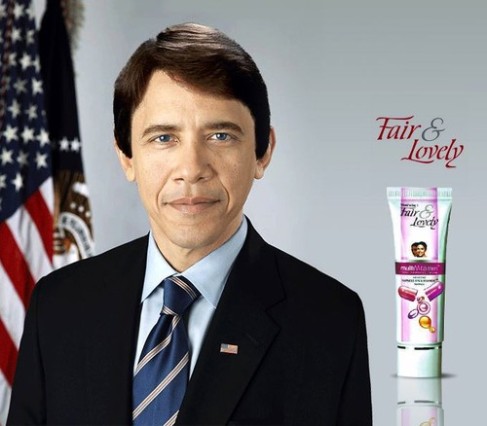If you have a fashion website and/or apparel business, I find it makes a huge positive impact on sales to show celebrities wearing the same sort of item you’re selling or offering on your websites.
So, what about using celebrity images on the E-commerce website? If you don’t have the opportunity to shoot the images yourself, is it possible to use celebrity images without violating any copyrights? This article introduces the legality of using images you find on the internet.
Always Get Permission to Use the Image
Unless you’ve taken the image yourself, regardless of where you find it, it’s usually owned by someone else. It’s fine to use images owned by another party as long as you receive written permission from that person/entity to use their image.
Send an email to the contact person at the web site whose image you would like to use. After they respond in a positive fashion, including the photographer’s permission, they’ll usually send you high-res images or state they give their permission for you to download the image from their web site to your desktop.
The owner will usually tell you how to attribute ownership. If not, a good attribution is ©photographer’s name / Web site name.
Editorial versus Commercial Use of Images
Editorial use of images means you want to use the image to accompany a story you’ve written on a topic of general interest. For example, you write a story about the latest trend in celebrity handbags and you want to use an image of Kareena Kapoor holding the handbag. Generally, no model release is required for editorial use; however this is always something to clarify with the owner prior to using the image.
Using an image on any website that generates revenue, advertises products or services is commercial. E-commerce, of course, falls in to that definition. So use of a celebrity image on your Ecommerce website in conjunction with selling your product is held to a much higher standard than editorial use.
Here is an example of image owner use restrictions:
Contact xxx@the photo images service you want to use.com for all commercial or promotional uses.
Getting Commercial Use Permission
There are free images sharing sites on the internet such as Shutter, Getty, Flickr and Google Images from which you can access a wide variety of images (although celebrity images are very hard to find). Make sure that any image you use for your web site is approved by the owner for commercial use.
Some owners won’t let their image be used at all commercially, others will charge a fee or ask that you provide a link back to their web page.
Model’s Release
Another dicey issue is getting a model’s release. Just because someone has his or her picture taken doesn’t necessary mean you can use it without a release. Generally, celebrity images don’t need a model release for editorial use.
Altering the Image
Some owners allow you to crop or re-touch the image, others don’t. Most owners will make this type of information abundantly clear.
Find Out More Information Before You Post Images
When in doubt, always check it out. It’s better to make sure you have permission to use an image on your E commerce website than get an advocate’s email with a cease-and-desist order, requesting damages for the use of the image.


